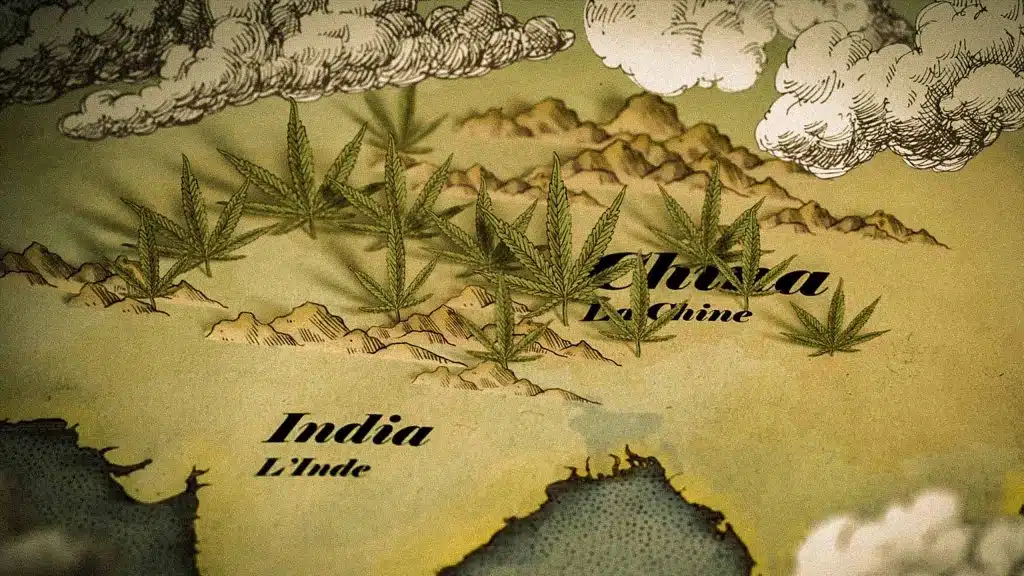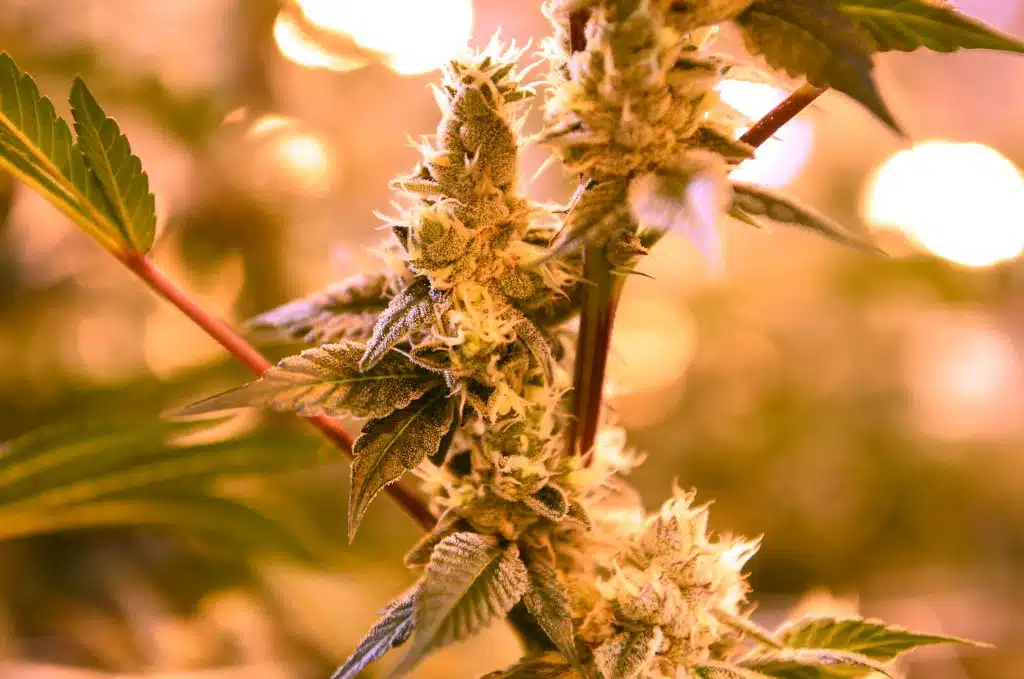Why Is Legal Cannabis So Expensive?
Why Is Legal Cannabis So Expensive?
Cannabis in Canada has a long and varied history. From the earliest days of North American First Nations peoples using cannabis for medicine and culture, to European settlers cultivating hemp crops, to the dark days of the 1950-70’s “Reefer Madness” era, cannabis has gone through a lot of changes. However, today it is an integral part of modern living, with many people using it for medical purposes or simply enjoying a good buzz.
Cannabis is a well-known and popular part of Canadian culture. It has been part of our lives for many years and has become an important part of our national identity. In October of 2018, Canada became the first G7 country to legalize cannabis both medically and recreationally. This is a significant milestone for our country and demonstrates our commitment to ensuring that everyone has access to quality cannabis products.
You might think that legalizing cannabis in Canada would mean an exciting new era of prosperity for the plant, but unfortunately the situation is more complicated than that. There are still a lot of issues to be worked out, such as balancing concerns about safety, enforcing regulations, and trimming away unnecessary parts of the cannabis plant. It’s still a work in progress, but hopefully this progress will eventually result in a successful legal cannabis industry in Canada.
Why are legal weed prices so high in the US, when the cannabis doesn’t provide the desired high effects? In other countries where cannabis is decriminalized, it is available at much lower prices. It seems that the high prices of legal weed dispensaries are set to continue, unless drastic changes are made. Let’s look at prices in Canada today, and see if they provide a better value for your money.
Why Are Legal Dispensaries So Expensive?
Taxes. It is so simple. Ok, thanks for reading this article, see you next week!…
Legal cannabis in Canada is expensive due to high taxes, regulations, and costs associated with starting a business. This makes it difficult for businesses to compete, and has pushed prices up for consumers.
HIGH COST, LOW POTENCY
To legally produce cannabis in Canada, you need to have licenses from different government bodies. These licenses can range from large-scale producers to small-scale cultivators, processors and retailers. There are also strict guidelines on what can be grown and how it can be processed, marketed and sold to consumers.
Legal weed systems can be much more expensive than decriminalized systems, because everything is tightly controlled and monitored. This means business costs are higher.
Licensed cannabis companies incur higher operating costs, which limit their product offerings. Additionally, edibles products manufactured by licensed cannabis companies are typically limited in THC potency (10 mg) and in size (to accommodate this limit). This limits the consumer’s experience and results in higher prices.
The prices of dispensary products vs. street prices in 2022 will largely be affected by rising operating costs, but legal cannabis seems to be struggling with this problem of increasing costs twice – plus, customers are only buying a fraction of what is possible given the high prices. This suggests that the industry is missing out on a lot of potential sales.
DEATH BY TAXES
Since cannabis products are subject to additional taxes, fees and charges, this adds to the cost of buying legal weed.
Cannabis products in Canada come with two different types of duties: federal and provincial/territorial.
Our flat rate duties and ad valorem duties are based on the quantity of cannabis products you sell. You will be charged based on the value of the products you sell.
Licensed cannabis companies must pay the higher of two duties on a per transaction basis, depending on the province. Certain provinces also have adjustment rates that apply to cannabis dealings within their provincial boundaries.
In Nunavut, the population is 19.3%, while in Alberta it is 16.8%. In Saskatchewan, the population is 6.45%. In Ontario, it is 3.9%. These differences in population size show just how important it is to invest in our provinces and territories.
This elegant, persuasive argument will convince listeners that all cannabis products should be subject to flat rate duties, based on THC potencies. Here’s more good news: not only are all cannabis products subject to flat rate duties, but THC potency also determines the tax rate. This makes it easy to calculate your tax liability, no matter what type of cannabis product you’re using.
We offer a flat rate for duties on dried and fresh cannabis. This includes both flowering and non-flowering plants. There are additional duties, payable at a rate of 7.5%.
We offer a flat rate of $0.25 per cannabis plant or seed, plus an additional $0.75 per plant or seed based on the weight of the product. This rate is ad valorem, meaning it’s based on the value of the product.
Cannabis products are available in various forms, including edibles, extracts, and topical applications. Our flat rate shipping fee includes delivery to all 50 US states. Additionally, we charge an ad valorem shipping fee of 0% on all cannabis products.
It’s obvious why cannabis prices are higher than those of other recreational substances – there are more taxes and duties involved in cultivating and selling cannabis than for, say, alcohol. This means that, although cannabis should be given some preferential treatment with taxation, it’s still unfair that people have to pay so much for what should be a more affordable product.
YES-LIMITS
We know that high costs and taxes are putting pressure on dispensary prices, while street prices are still high. But we also know that there are harsh restrictions on the amount of THC in cannabis products. In fact, federal regulations state that these restrictions apply to different classes of cannabis based on the amount of THC present. So we think it would be a good idea to relax these restrictions.
Each discrete unit must not exceed 1 gram, and the quantity of THC per unit must not exceed 10 milligrams.
Cannabis topicals must not exceed 1000 milligrams in quantity per container.
Cannabis extracts must not contain more than 10 milligrams of THC per dosing unit, and they must be in liquid form.
Cannabis edibles must not contain more than 10 milligrams of THC per container.
There are a few limitations on THC products, but there are also other substances that are not allowed to be mixed with cannabinoids. This includes things like alcohol, nicotine, and caffeine. However, the list now includes many supplements, vitamins, or minerals that some people find perplexing. This doesn’t mean that any food-borne nutrition derived from a cannabis edible is restricted, but it does suggest that you can’t add in any vitamins/supplements like vitamin C or iron, like you would for some fitness/health products.
LACK OF PROMOTION
Legal cannabis retailers face many challenges when trying to sell cannabis to Canadians. These challenges include restrictive marketing and communication capabilities, which make it difficult to compete with illegal dispensaries. In addition, high cannabis prices are due in part to the legal retailers’ inability to promote their products effectively.
Section 17 of the Cannabis Act is a key part of determining how marijuana will be treated legally in Canada. It is important to consider the implications of this section before making a decision about how to proceed.
It is not allowed to promote cannabis products or services in a way that could cause harm or inconvenience to others.
Our luxurious cannabis products are sure to appeal to young people and include testimonials, endorsements and depictions of people, characters or animals. We will also promote cannabis in a way that is appealing to those who want to live a vibrant and exciting life.
There are a lot of restrictions on how cannabis can be marketed in Canada, which is probably confusing you. But don’t worry, because we’re here to help. Many legal cannabis producers, distributors, processors and sellers are still trying to figure out ways to market their products to the Canadian population. The reasons for this are various, but one big reason is that dispensaries can’t have sales like regular stores. There’s also a big difference in prices between dispensaries and street prices in 2022, which is partially due to the restrictions on what licensed cannabis sellers can say about their products.
The open market for retail and online sales of cannabis products in Canada presents a number of challenges for legal producers. Restrictions on the colors, textures, tones, and designs of product packaging limit the creativity and variety of physical product packaging. Medical claims about cannabinoids are prohibited, and endorsement or sponsorship opportunities are limited. The marketing landscape for legal cannabis in Canada is a very tricky one to navigate, making it difficult to reach consumers at every stage of the product life-cycle.
Conclusion
If you are interested in cannabis and THC products, check out Ganja West online dispensary at ganjawest.co!












